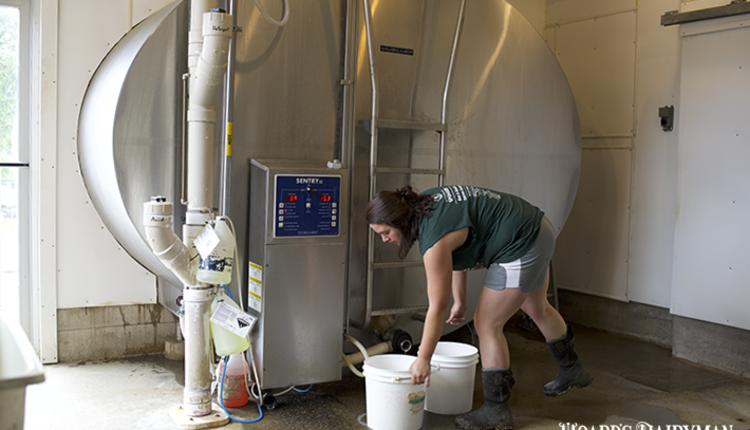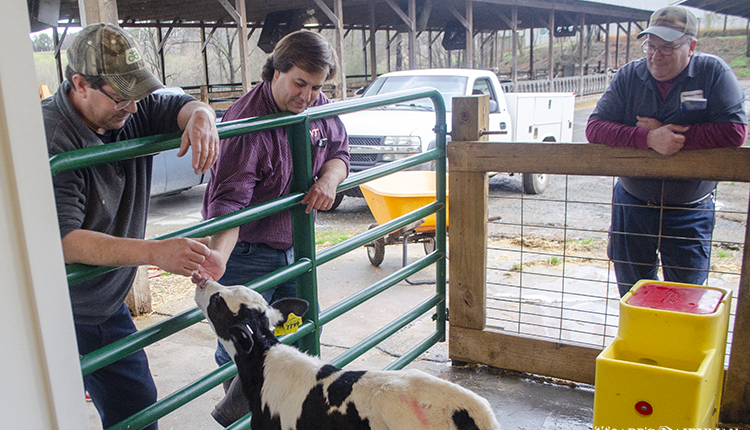
A farm’s “balance sheet” is a financial statement that is a snapshot in time.
In other words, if you “sold” the business today, then the balance sheet is an accounting of all cash that would come into your pocket from the sale of assets and all cash that would go out of your pocket to pay off debts and obligations.
What is left over is owner equity.
However, there is a major liability that often is not included on a balance sheet — “deferred tax.” Deferred tax is a liability that shows how much tax the business would owe if income was made from the sale of assets.
Consider the following examples from farmer John:
- John has $100,000 of corn in on-farm storage. If sold today, John would not pocket $100,000 as he would have to pay income tax . . . that tax is a deferred tax.
- John raised 30 heifers from birth. Because they were raised from birth, they have a tax basis of zero. If John sells them for $1,000 each, that is a $30,000 gain in income. Until the heifers are sold, the potential tax owed is a deferred tax.
- Now the big one! John bought 240 acres of cropland in the 1980s for $1,000 per acre. Today the land is worth $8,000 per acre. The gain is $1.68 million, if he sells it. The Internal Revenue Service (IRS) will certainly be interested in taxing that gain . . . again a deferred tax.
What does this all mean?
For simplicity, let’s assume a 15% tax rate. These three examples would result in $271,500 deferred tax liability. It is a substantial liability, yet it is often not included on balance sheets.
The argument for not including it is that the business is not really selling today and over time the actual liability will change. In the case of death of an owner of a proprietary business, a step-up in basis takes it to zero. Point taken.
Yet, if the balance sheet is a snapshot of the wealth of the business today, then the $271,500 liability is very real. Recommendation: Either include it, or in the least, show the value in a footnote to the balance sheet.








